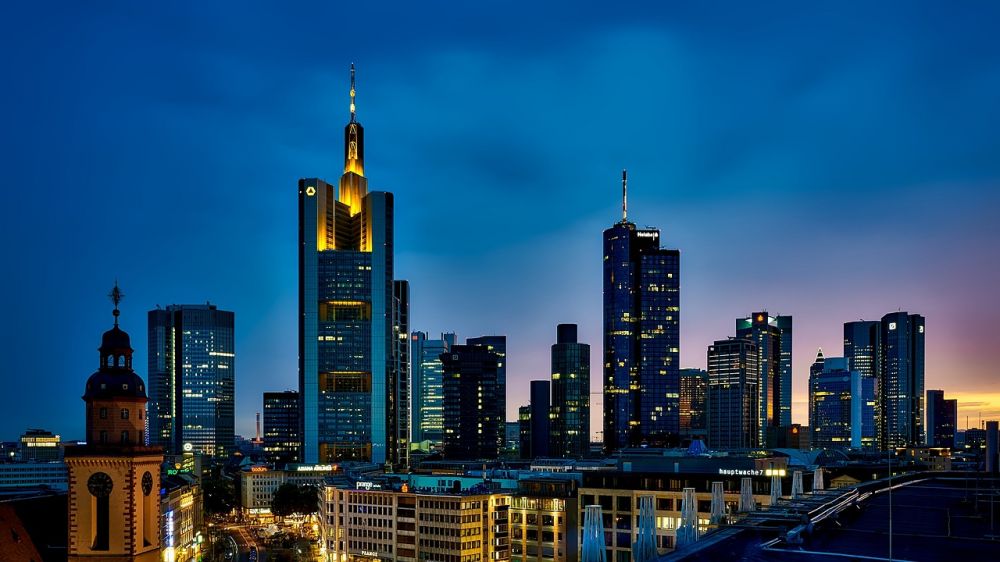Barcelona Architecture: A Comprehensive Guide

Introduction:
Barcelona, often referred to as the architectural capital of the world, boasts a rich and diverse architectural landscape. It is a city that seamlessly blends historical masterpieces with avant-garde designs, making it a haven for architecture enthusiasts. In this article, we will delve deep into the world of Barcelona architecture, exploring its various types, popular examples, quantitative measurements, differences between architectural styles, and a historical overview of the advantages and disadvantages they bring.
1. An Overview of Barcelona Architecture:

Barcelona architecture is a reflection of the city’s rich cultural heritage, influenced by various architectural movements throughout history. From Roman ruins to the Gothic Quarter, Barcelona presents a unique mix of styles that have shaped its distinct architectural identity. Notable architects like Antoni Gaudí, Lluís Domènech i Montaner, and Josep Puig i Cadafalch have left an indelible mark on the city’s skyline.
2. Presentation of Barcelona Architecture:
Barcelona architecture encompasses a wide range of styles, from Gothic and Romanesque to modernist and contemporary designs. The city is famous for its Modernisme movement, a Catalan version of Art Nouveau, which flourished in the late 19th and early 20th centuries. Iconic structures like the Sagrada Familia, Casa Batlló, and Casa Milà are prime examples of this architectural style. Barcelona also boasts contemporary architectural marvels, such as the Torre Glòries and the Forum Building.
3. Quantitative Measurements of Barcelona Architecture:
When it comes to measuring the significance of Barcelona’s architecture, quantitative metrics like height, area, and materials used play a crucial role. The Sagrada Familia, for instance, stands at a height of 170 meters, while the Palau de la Música Catalana covers an area of 6,510 square meters. The innovative use of materials like trencadís, a mosaic made from broken tiles, is another distinctive characteristic of Barcelona architecture.
4. Differences between Various Barcelona Architectural Styles:
Barcelona is a city where diverse architectural styles coexist harmoniously. Gothic architecture can be seen in the Barcelona Cathedral, with its soaring spires and intricate detailing, while modernist buildings like Casa Batlló exhibit organic shapes and colorful façades. Contemporary architecture in Barcelona embraces minimalism and innovation, blending seamlessly with the city’s historical landscapes. Contrasts between old and new, traditional and avant-garde, define Barcelona’s architectural charm.
5. Historical Overview of Advantages and Disadvantages:
Throughout history, Barcelona architecture has presented both advantages and disadvantages. The preservation of historical buildings allows visitors to experience the city’s rich heritage, attracting tourists and contributing to its cultural value. On the other hand, the city’s rapid growth has led to some negative aspects, such as overcrowding and the need for modern infrastructure. Balancing the preservation of architectural heritage with the demands of a growing city remains a challenge for Barcelona.
Conclusion:
Barcelona’s architecture is a testament to the city’s vibrant history, creativity, and cultural significance. Its diverse styles, ranging from Gothic to contemporary designs, are admired worldwide. Barcelona architecture provides a captivating visual experience, showcasing the evolution of architectural movements throughout the ages. Whether you are strolling through the medieval streets of the Gothic Quarter or marveling at the innovative designs of modernist buildings, Barcelona’s architectural landscape will leave you in awe. Visit this architectural paradise and embark on a journey through time, shape, and aesthetics.
FAQ
What is Barcelona architecture known for?
What are some popular examples of Barcelona architecture?
What are the advantages and disadvantages of Barcelona architecture?
Flere nyheter
Restaurering: Hvordan det utføres
Introduction: Barcelona, often referred to as the architectural capital of the world, boasts a rich and diverse architectural landscape. It is a city that seamlessly blends historical masterpieces with avant-garde designs, making it a haven for archi...
07 desember 2025
Tilbygg hus: Smart vei til mer plass og høyere boligverdi
Introduction: Barcelona, often referred to as the architectural capital of the world, boasts a rich and diverse architectural landscape. It is a city that seamlessly blends historical masterpieces with avant-garde designs, making it a haven for archi...
06 desember 2025
Maler i Nesodden: Profesjonell bistand til dine malerprosjekter
Introduction: Barcelona, often referred to as the architectural capital of the world, boasts a rich and diverse architectural landscape. It is a city that seamlessly blends historical masterpieces with avant-garde designs, making it a haven for archi...
04 desember 2025
Økonomikurs: Nøkkelen til bedre kontroll på pengene
Introduction: Barcelona, often referred to as the architectural capital of the world, boasts a rich and diverse architectural landscape. It is a city that seamlessly blends historical masterpieces with avant-garde designs, making it a haven for archi...
03 desember 2025











